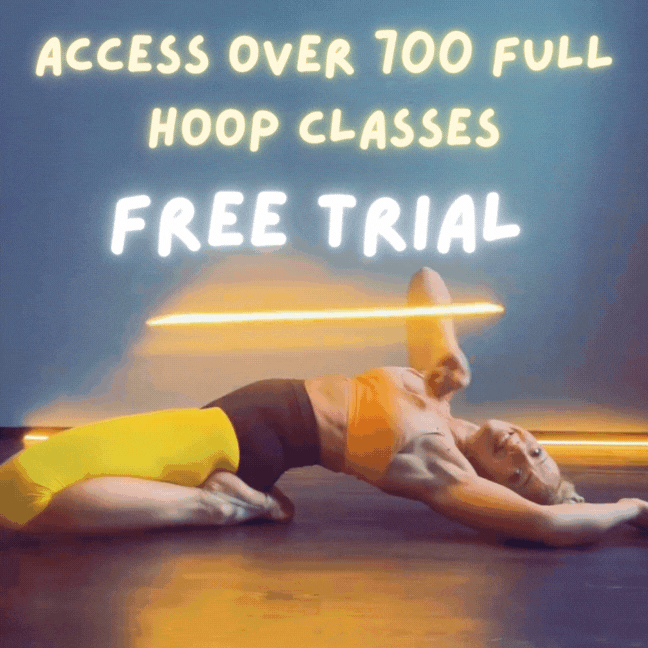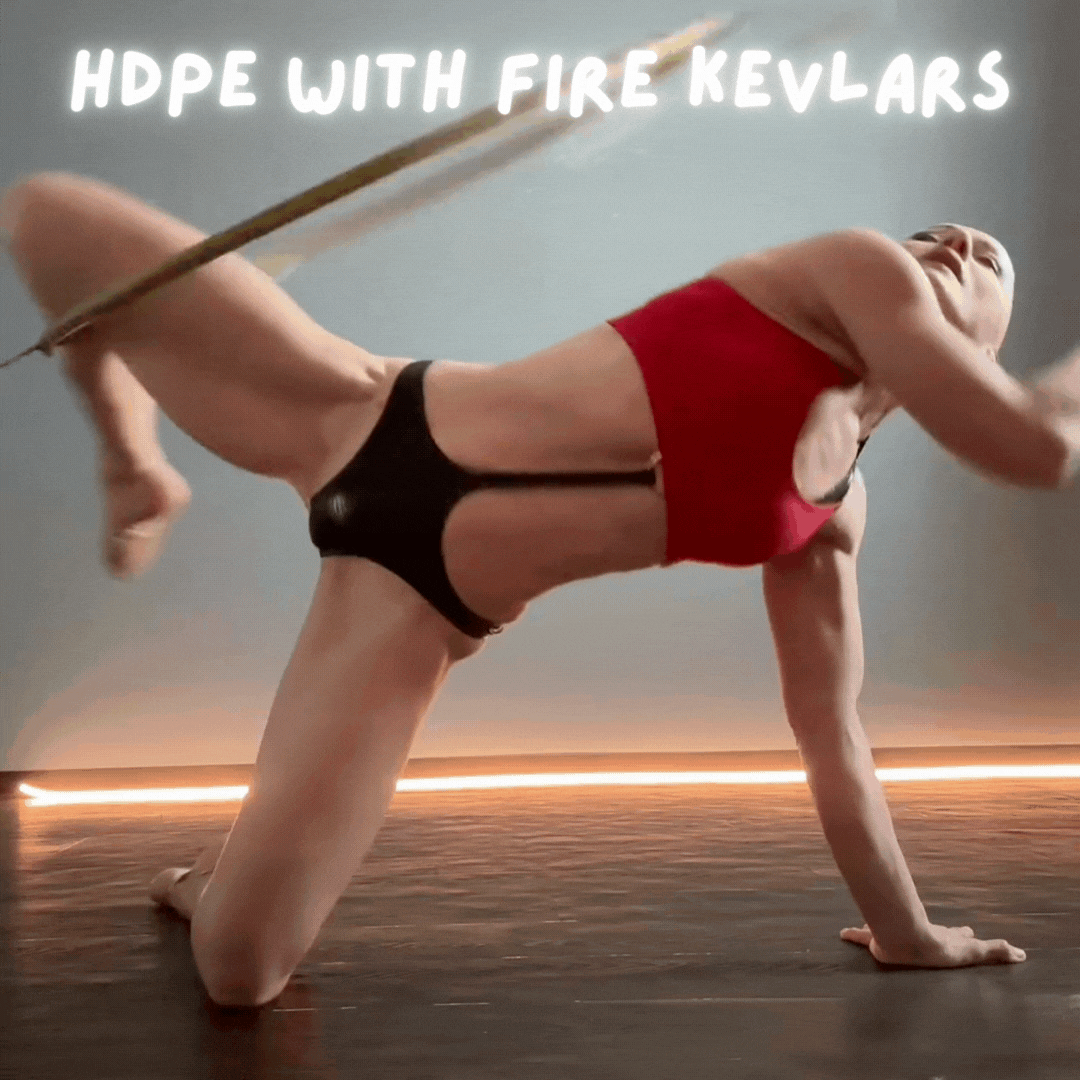- Jun 12, 2025
The Hula Hoops I Use (And Why You Might Want to Try Them Too)
- Bee Varga
- 0 comments
One of the questions I get almost every day is:
“What hula hoop are you using in that video?”
And often, people want the exact link so they can buy the same one. So in this post, I’m going to walk you through the hula hoops I use, why I use them, and how to choose the right one for your hoop journey.
First Things First: No Smart Hoops Here
Let’s clear this up:
I don’t use any kind of AI, smart, or trick-preloaded hoops. All the moves you see me doing? I trained for them. I practiced, I failed, I kept trying. None of these hoops come with skills installed — they are just tools. You are the magic.
A Quick No: Weighted Fitness Hoops
I never use heavy weighted hula hoops — and I never will.
Yes, the ones marketed for “fitness” with foam padding and internal weights. I believe they are risky, and I don’t want to get injured. I only bought one for demonstration purposes because people kept asking. But let me be crystal clear:
I do not recommend these. Ever.
Wooden Hoops: Lovely but Advanced
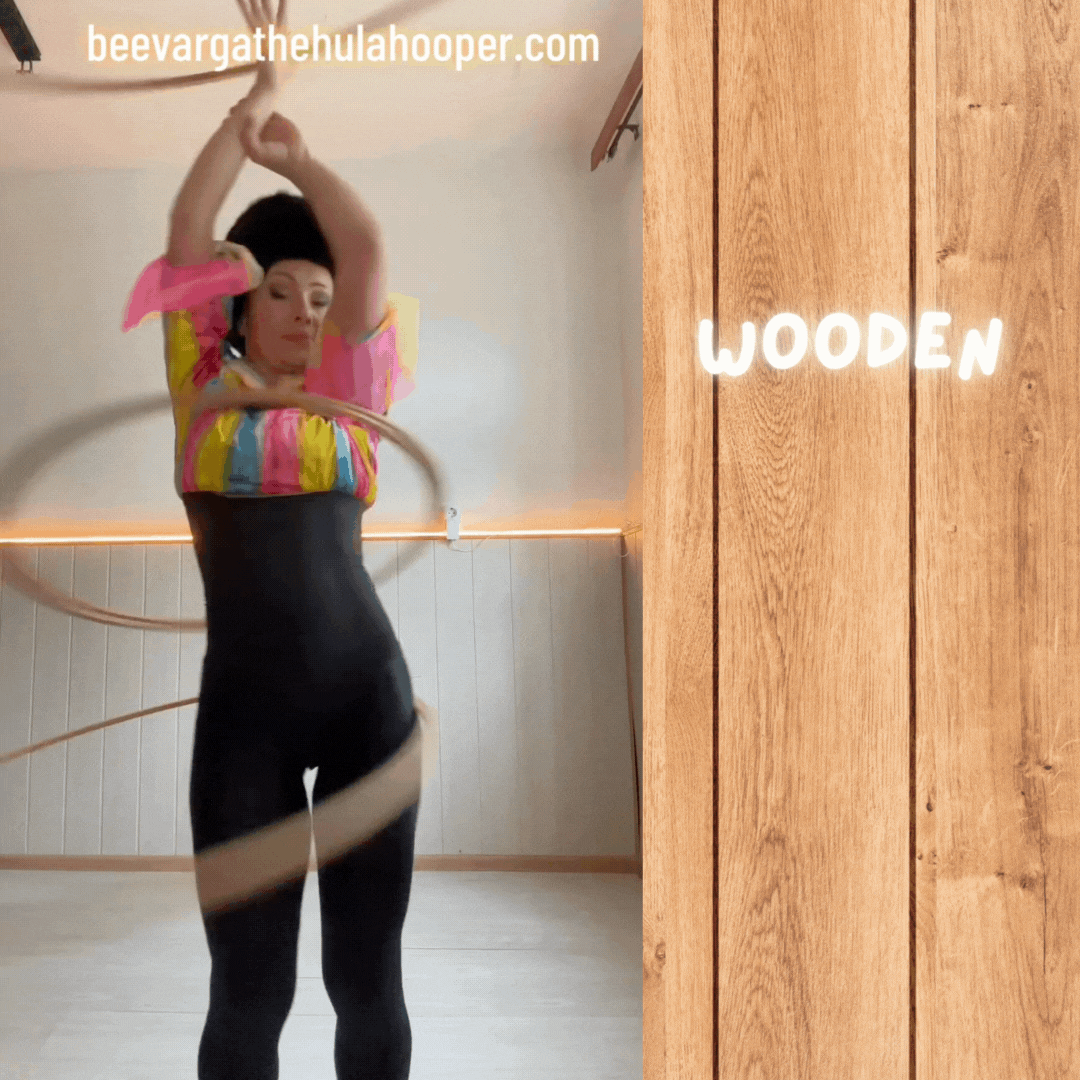
I absolutely adore wooden hula hoops. They’re stunning and offer a really deep, satisfying pressure that’s great for connective tissue stimulation. But…
I don’t recommend them for beginners.
Why? Because they are firm. That firmness means if you don’t yet have the muscle memory or skin conditioning, they can bruise you fast. You need to build up your hoop resilience over time before moving to wood.
But once your body is used to regular hooping, wooden hoops can do wonders for toning and firming your skin. As someone who’s been pregnant and is now in my 40s, I personally find them incredibly helpful for keeping my skin healthy and my core strong—no vampire potions needed.
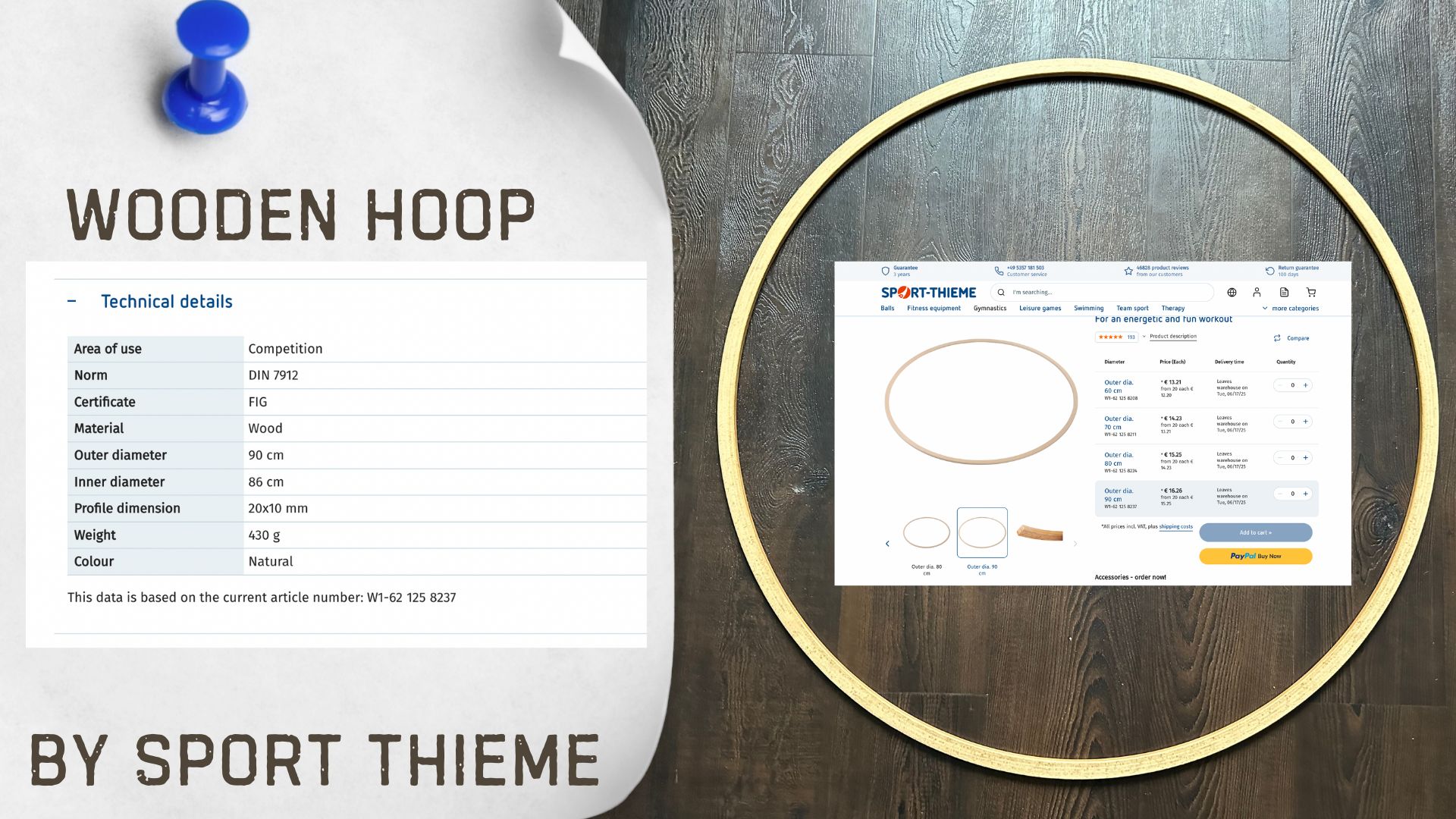
Plastic Hula Hoops: My Everyday Hoops
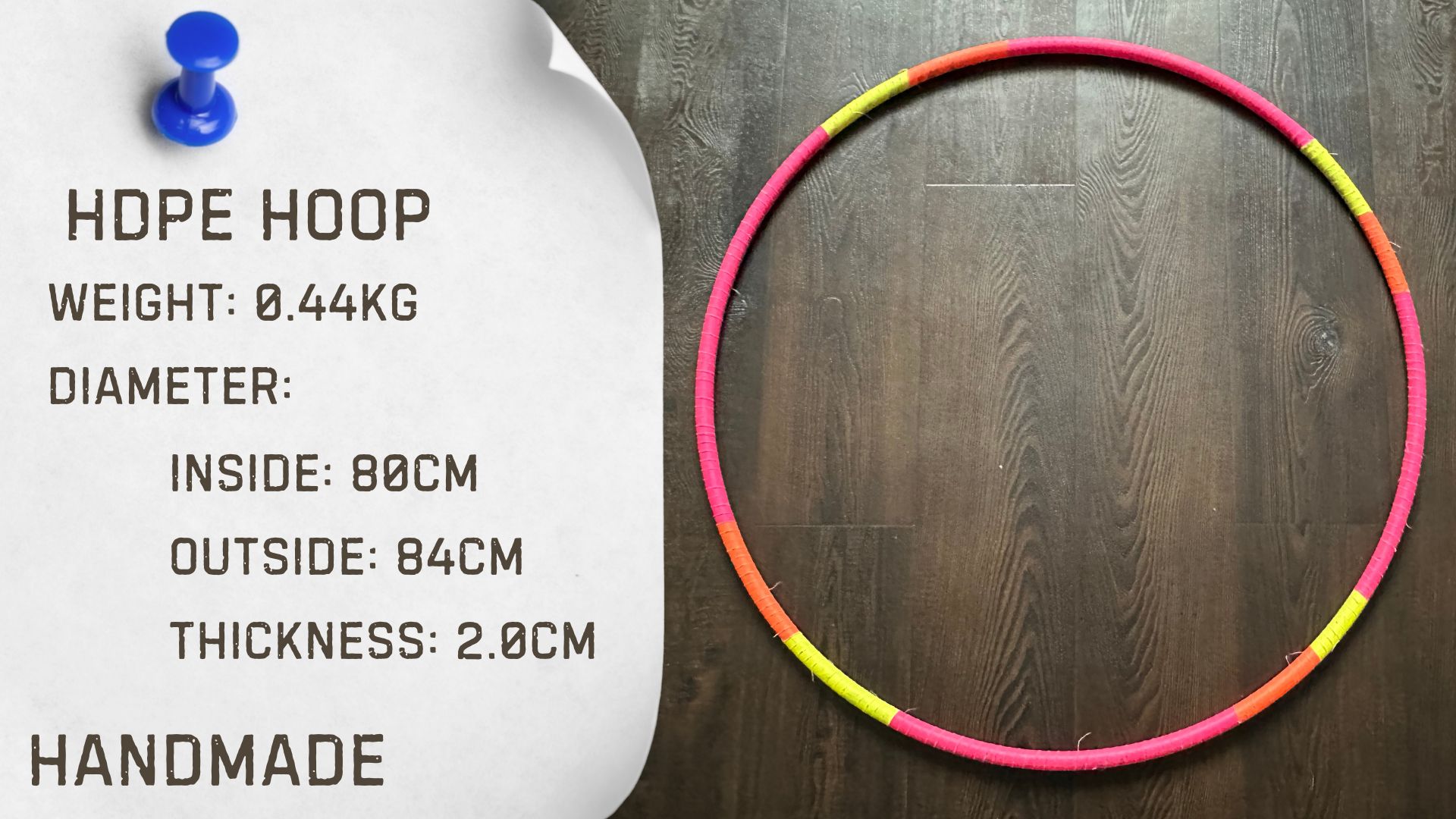
I use all kinds of plastic hula hoops — and they’re brilliant for beginners!
When I started, I used a 40" HDPE hula hoop — and it had no grip tape, just naked plastic. Still, I learned because the large diameter made everything easier. Larger hoops spin slower, giving you more time to feel, respond, and learn.
Over the years, as I got stronger and more skilled, I gradually moved to smaller hoops — now I hover around 32" diameter, more or less. And here’s where some folks get grumpy: I don’t measure whether it’s inside or outside diameter. Some are 31", 34", or somewhere in between. I use what works for me, depending on the move I’m learning.
The key takeaway?
Use what makes learning easier at first — then gradually make it more challenging.

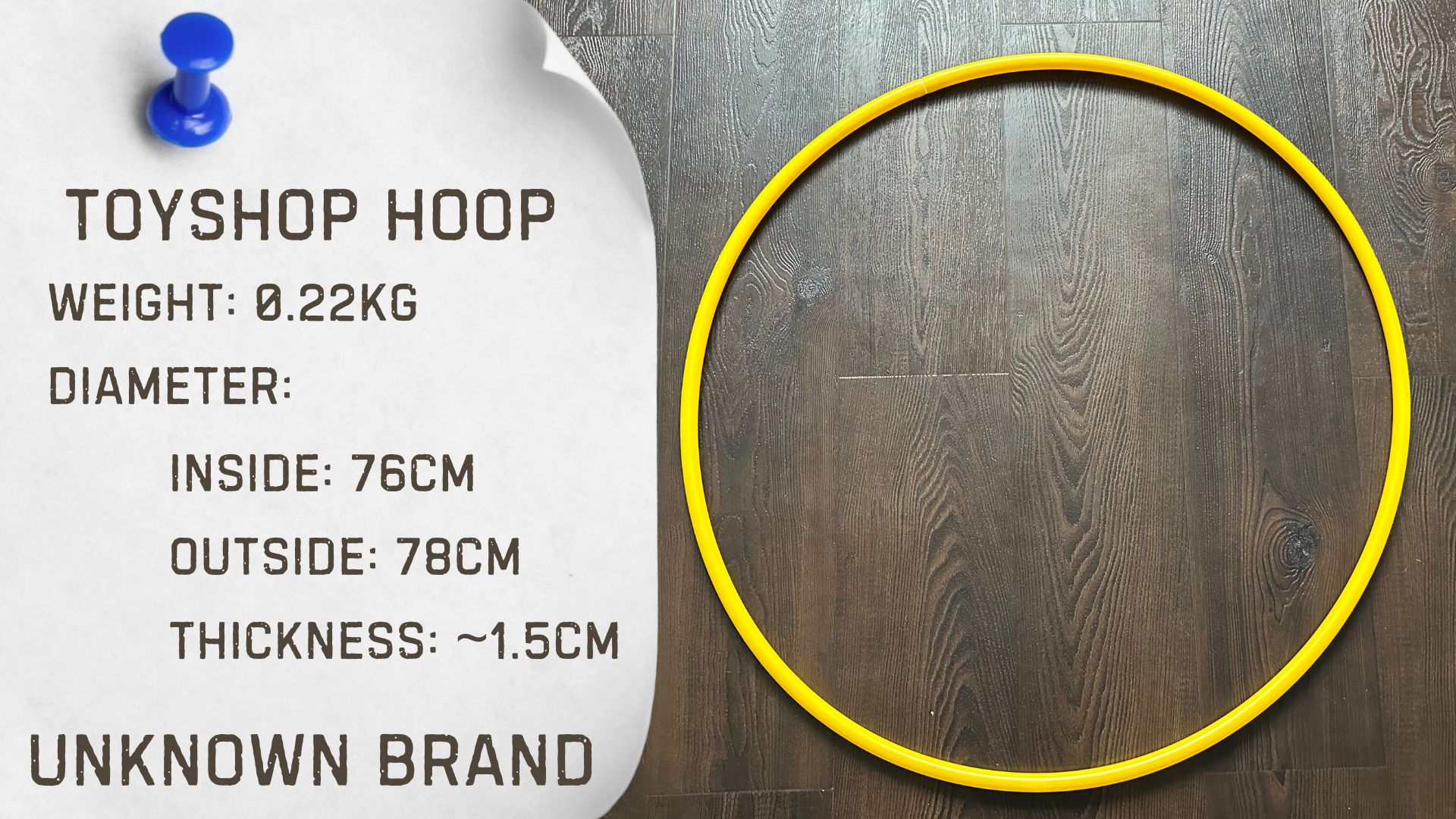
Travel Hoops? I Don’t Use Collapsible Ones
I get asked a lot about travel hula hoops. Honestly?
I never used collapsible hoops.
When I performed professionally, my entertainment agency paid to fly my hoops as sporting goods. When I traveled for leisure, I usually bought a cheap hoop from a garden center or dollar store when I landed.

One of my favorite finds was a 40p toy hoop from the UK that comes apart easily and folds into a bag — super handy! It’s lightweight and flexible. Surprisingly good for some moves.
So no, I’m not picky about PE vs. HDPE either. I don’t care. I use 20mm tubing, roughly 32" diameter, and I pick what feels right for the skill I’m working on.

I often tape them myself, but not always.
Taped hoops give better grip and help with learning.
Untaped hoops are good if you don’t want to mark your walls or floors, but they’re more slippery—so you’ll need better control.
-
Fire hoops? I just attach Kevlar wicks to my regular hoops. They’re handmade for me and I use dog poop bags to cover them when practicing indoors so I don’t mess up the floor.
LED hoops? I had quite a few before I became a mum. I sold most of them to get by with a newborn. I recently bought a cheap one from Etsy (not amazing, but it works), and a better-quality one I use for shorts.
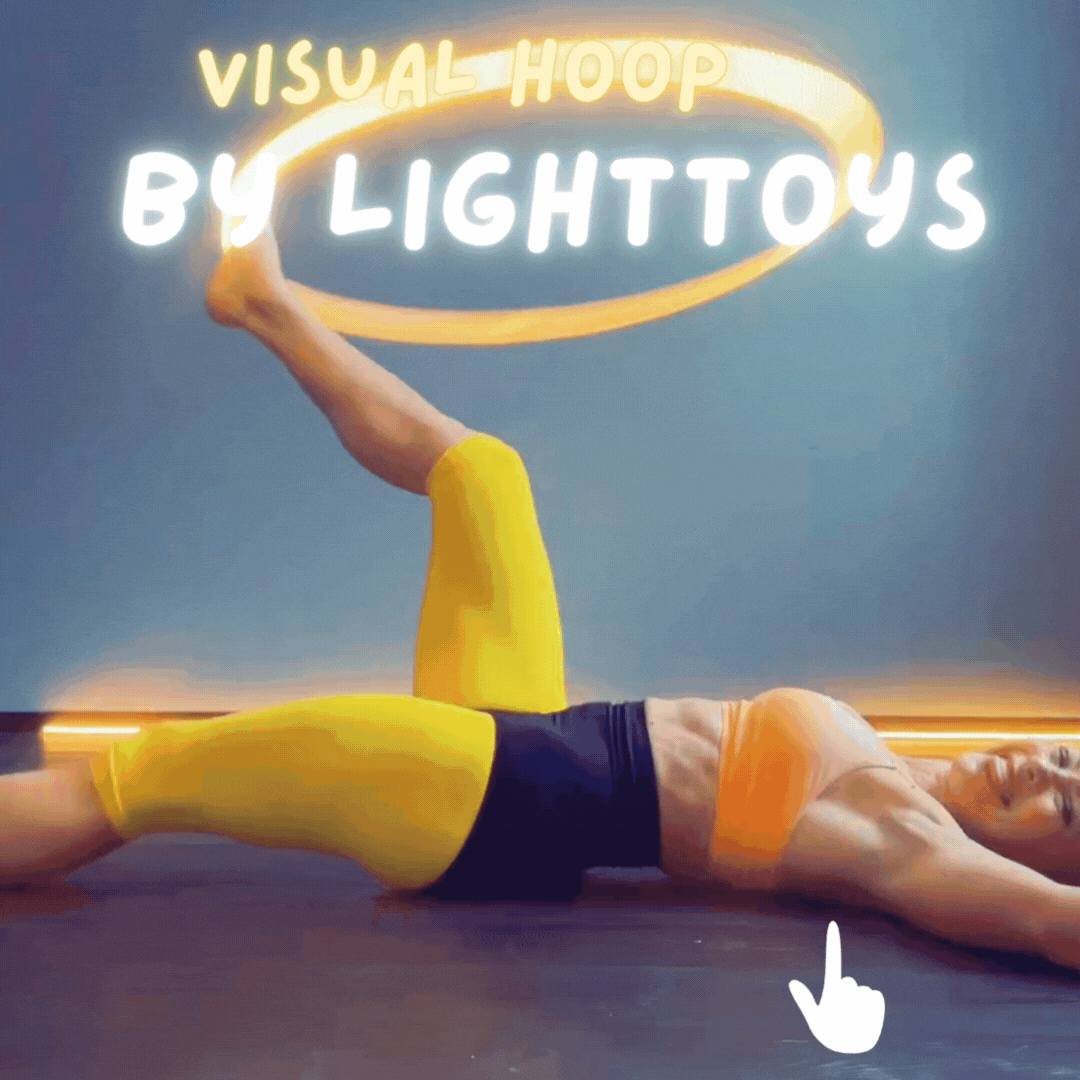

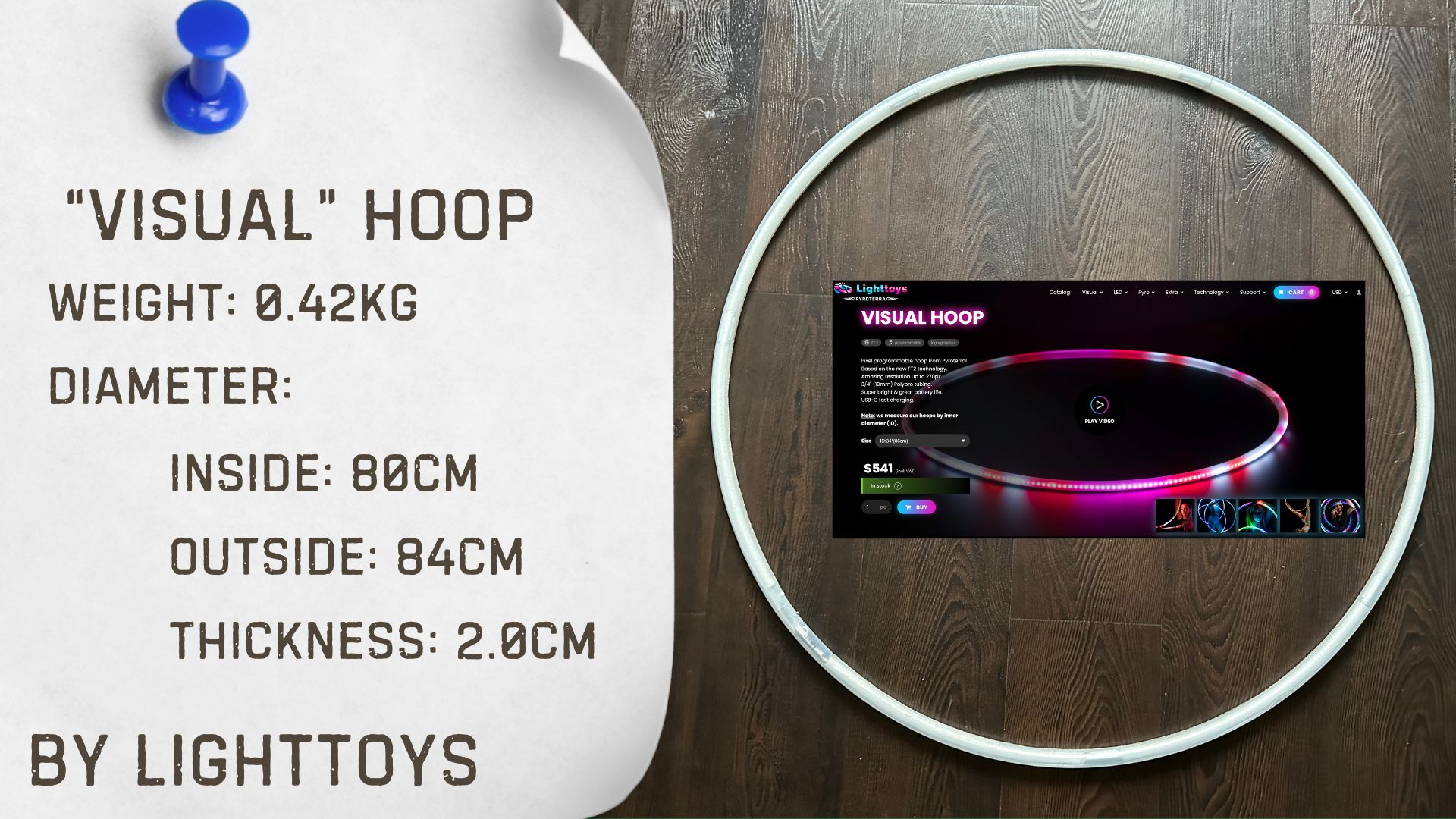
Why I Use Different Sizes
The size of your hoop changes everything.
Bigger hoops are great for learning on-body moves like shoulder or waist hooping because they spin slower.
Smaller hoops are better for hands, arms, and foot tricks — and for small spaces.
Light hoops challenge your technique more.
Heavier (but not weighted) hoops give more feedback and are easier to feel on your body.
When I invent new moves, I often start with a big hoop to "walk" through the move slowly. Once I get it, I move on to a smaller one — that’s my version of progressive overload. Like lifting weights, but with hoops.
Everyone’s Journey is Unique
Some people get stuck on using one hoop. And that’s okay — good luck, enjoy! But if you’re struggling with a move like shoulder hooping and refusing to try a different size… it’s like trying to sprint before you can walk.
So yes — I “cheat.” I use a bigger hoop when I’m learning something new if it makes it easier. Once I get it, I go smaller and make it harder. That’s how I’ve kept learning after 17 years of hooping.
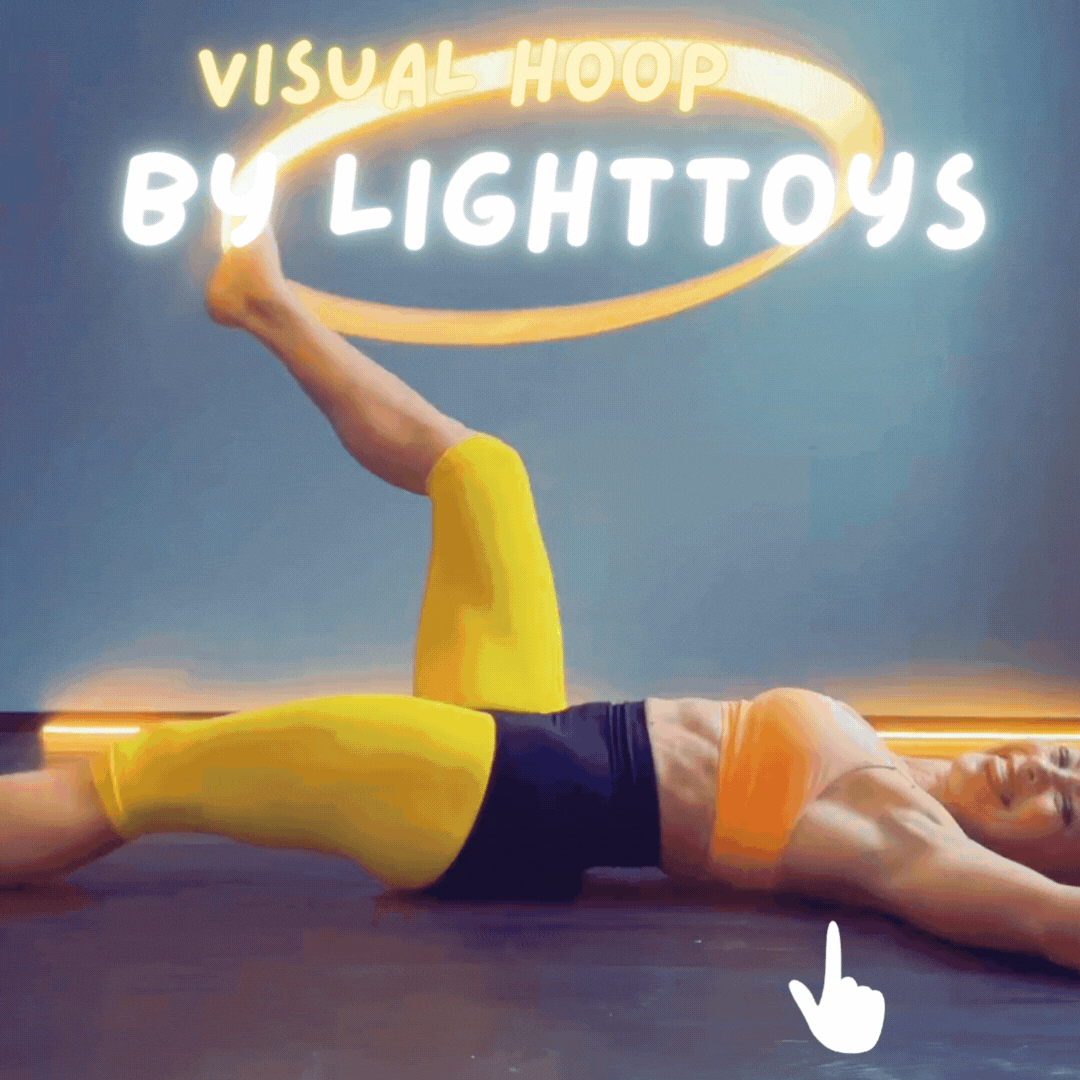
You Don’t Need a Huge Collection… But It’s Okay If You Want One
I paid for all my hoops with my own money. I’m not sponsored. I don’t earn commission. This post is purely to help, not to sell you anything.
But if you do want to build a collection, there’s nothing wrong with that. Some people collect shoes or handbags — you collect hoops. That’s how many different ways you’re moving your body, learning, and growing.
Use what you have. Enjoy it. Keep your eyes open for new tools that support your journey. Treat yourself when you can — Christmas, birthdays, or just because.
You’re Amazing for Exploring This
If you’re reading this, researching, and staying open-minded — you’re doing great already.
So don’t worry about the weight, size, or material of your hoop. Play, learn, and enjoy.
Your body is incredible, and you’re doing something beautiful by simply showing up and spinning.
